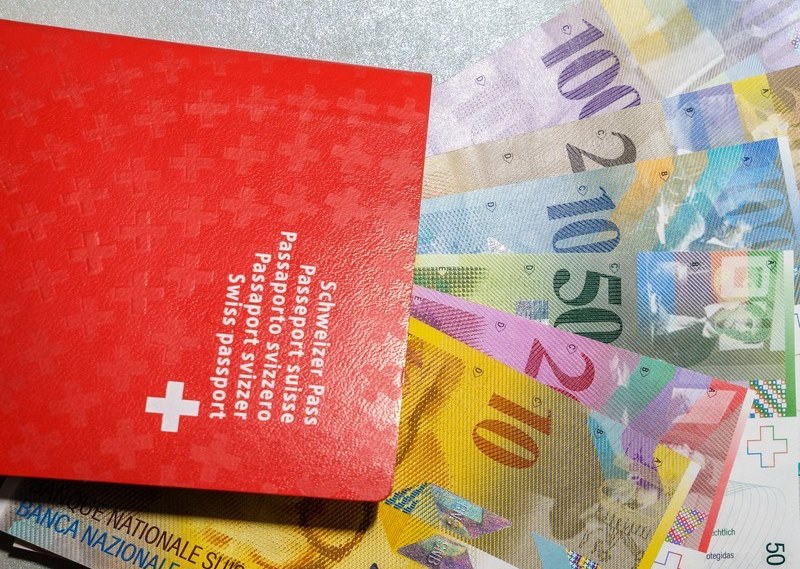We first met in the late 1980s in Paris. Few people knew him at that time, although art lovers were quick to notice his work. The way to international fame began for him at the Gare du Nord, the Northern Station, where his train from Russia arrived in May 1981. “I found myself there,” Zaborov later recalled, “without a name, without friends, without a niche in that strange city where I had come with a fierce desire to start my life from scratch.”He also had to find his distinctive niche in the sphere of fine arts and to gain recognition.
Born inMinsk into an artist’s family, he was a child of six when the war with Nazi Germany began. It was a wonder he survived the atrocities Nazi occupation brought to his native Belarus. But he saw others die and could never forget that. People say that souls of innocent victims cannot find peace for centuries. They beg for justice and compassion, addressing the living, who do not see them, even if they are sometimes haunted by ghosts. Boris Zaborov’s gift has helped themto see these shadows. They demanded embodiment, but they could not teach him this at the Minsk art school, or at the Leningrad academy, or at the Surikov institute in Moscow, from which he graduated.
He had to start from scratch…
“In a fairly short time, he did the impossible, emerging from absolute obscurity into the international limelight,” says my friend Alexander Frenkel, owner of the trendy gallery De Bussy in the Quartier Latin, who was one of the first to see Zaborov’s extraordinary potential.
It was at Frenkel’s that I saw for the first time the heavy volume titled “Zaborov,” an Acatos book published in Paris in 2006, with amazing colour illustrations. After all, reproducing Zaborov’s works in colour is a formidable challenge.
In 2007, a leading Italian publishing house, Skira Editore, published his album in its famous “square” series. He has been the only Russian artist to have this honour so far. The presentation of the album, traditionally published in English, took place in the United States.
This year, the Uffizi Gallery in Florence exhibited its only new addition. It was a work by Zaborov, “Artist and his Model”.
Before Zaborov, this unique museum had purchased self-portraits by only five Russian artists: Karl Brulloff, Orest Kiprensky, Ivan Aivazovsky, BorisKustodiev andMarc Chagall.
Zaborov once said, “You cannot enter art through the back door.” And he did enter through the front gate. Few can boast such a broad international recognition. I follow him through a small garden and into his studio. The frame holds a new canvas – apparently, he has recently started painting a nude. Other canvases stand against the wall. Impossible to imagine how much they cost now.
We have not seen each other for some time. I tell him about the latest exhibitions in Moscow and St Petersburg, and about the new names that have made a stir in Russia and abroad.
“Why, do you think, is the demand growing for Russian artists who live abroad?” “This is a temporary phenomenon. They are bought mainly by Russian nouveau riches and oligarchs, who started by buying Russian artists of the 19th century.
Actually, they bought artists they had seen in the Tretyakov Gallery. And they were right.
It is a good investment. For my colleagues here, they were lucky to catch the oligarchs’ attention. It’s pennies from heaven for them.” Buying a Zaborov is prestigious. Collectors are now after his works. He now has not only gallery owners, but also art critics who thoroughly study his art.
Why did he first gain recognition in the West and only later in Russia? What is the secret to his success? When I first saw his paintings in Paris in 1987, I recalled the old photos in my family album made back in the 19th century. The old masters of the family photo worshipped statics, making their clients adopt rigid postures, as they waited for the elusive bird to appear from the lens. Due to lack of colour, photos were often painted in rusty and beige shades.
This is what I saw in Zaborov’s first Paris paintings. The same colours. The same statics of family portraits. The solemnly tense faces. The eyes looking at you across years.
The living eyes of those who no longer live look at you from Zaborov’s canvases.
To achieve the effect of shadows in the flesh, Zaborov invented a unique technique that had not been known in the history of easel painting. Michail Gherman, a Russian art historian, wrote that Zaborov’s early works conveyed “the air of a collage, an open “transplantation” of a photograph onto the canvas”. (e.g. A girl with a dog, 1981). Later it disappeared…”. In the catalogue of Zaborov’s exhibition in the Tretyakov Gallery in 2004 – it was then that he was finally recognised in Russia (but not in Belarus) – the famous French art expert, Pascal Bonafoux, in his article about Zaborov, used the term “non-existence.” “From what non-existence,” he wrote, “does the ‘Couple with a Broken Doll’ (1993) look at us? Or this averted nude figure (Entrance to the Sauna, 1989)?”
Non-existence is a state between life and death, as seen by Fyodor Dostoyevsky. But Zaborov is not one of the gloomy singers of death. Despite the seeming gloominess of his canvases, his works are optimistic.
Bonafoux was right when he wrote that Zaborov’s art is a modern metaphor for a man who “has just crossed the border of the 20th century.”
In my view, Zaborov’s philosophy is close to Buddhism and its teaching of reincarnation.
Through death to life and back to death, and then back to life in one or another capacity, in the endless circle of reincarnations.
This is especially true of his latest works.
In the “Artist and his Model”, 1988, which was bought by the Uffizi Gallery, Zaborov placed his self-portrait with clearly biblical features at a distance from a young model.
This distance is measured by the time through which he invites us to travel. The painter leads his model after him, acting as the girl’s guide in Man’s difficult journey along the spiral of time. He is the Eternal Pilgrim, and he will remain such in the history of art.













